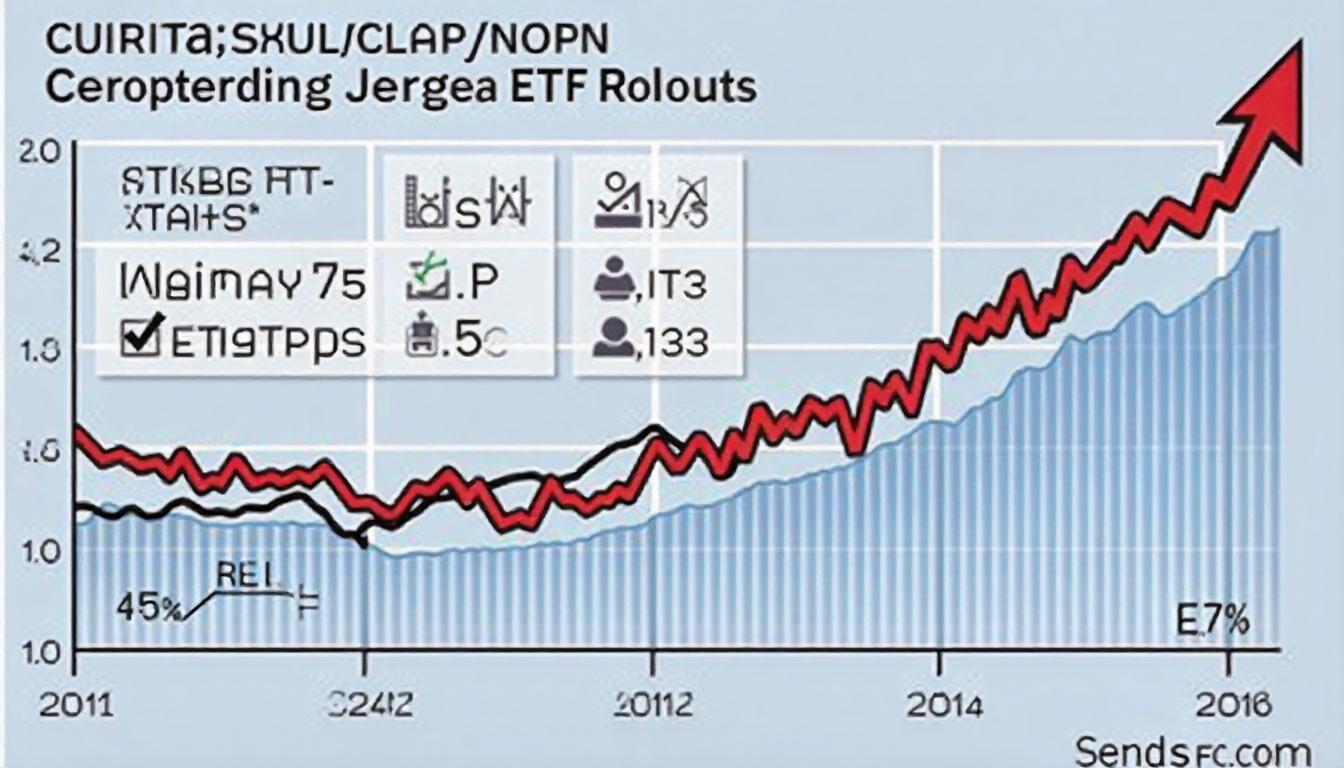Calamos Launches Bitcoin ETFs with Full Downside Protection, Two More Funds Coming in February
Calamos, a global investment management firm, introduced a new Bitcoin (BTC) exchange-traded fund (ETF) on Wednesday, offering 100% downside protection against Bitcoin’s volatile price movements while providing an upside potential of 10% to 11.5% over a one-year period.
By 12:11 p.m. ET, the CBOJ ETF had traded approximately 635,714 shares, signaling strong initial investor interest. CBOJ is the first of three funds Calamos plans to launch, with CBXJ and CBTJ set to debut on February 4. These funds will provide 90% and 80% downside protection, respectively, with upside caps of 28% to 30% for CBXJ and 50% to 55% for CBTJ.
To achieve downside protection, Calamos invests in a mix of U.S. Treasuries and options based on Bitcoin index derivatives. Each fund’s upside cap is reset annually. For example, if an investor purchases $100 worth of shares, a portion of that money will be allocated to Treasury bonds, ensuring the value of the investment will return to $100 after a year, no matter what happens with Bitcoin’s price.
The remaining funds are used to buy Bitcoin-linked options, allowing investors to gain exposure to Bitcoin’s price movements without directly holding the cryptocurrency. The management fee for the ETFs is set at 0.69%, which is higher than the average 0.51% fee for U.S.-based Bitcoin ETFs. Despite the higher cost, the added security may appeal to risk-averse investors seeking stability in the highly volatile crypto market.
While Bitcoin maximalists and long-term holders remain bullish on Bitcoin’s future price appreciation, many traditional institutional investors have expressed concern over the cryptocurrency’s volatility. These new ETFs aim to offer a solution to such concerns, combining downside protection with upside exposure to Bitcoin’s potential growth.
One point of discussion is whether these ETFs will compete with MicroStrategy’s (MSTR) convertible bonds, which also provide downside protection. However, CoinDesk analyst James VanStraten pointed out that the two products differ. MicroStrategy’s bonds do not have a cap on the upside, which means investors are exposed to greater risk, but also have more potential for larger rewards.
In the broader market, downside protection ETFs have been gaining traction, particularly as traders and investors anticipate a crypto-friendly regulatory shift under President Donald Trump’s administration. This has fueled optimism that many of these new ETFs will receive approval from the Securities and Exchange Commission (SEC).
As part of this trend, Bitwise, a leading crypto asset manager, updated its futures-based crypto ETFs in October 2024 to include exposure to U.S. Treasuries, which acts as a hedge against the volatility of digital assets. These funds will dynamically rotate between cryptocurrencies and Treasuries based on market conditions, offering investors greater flexibility and protection in a rapidly changing market.





